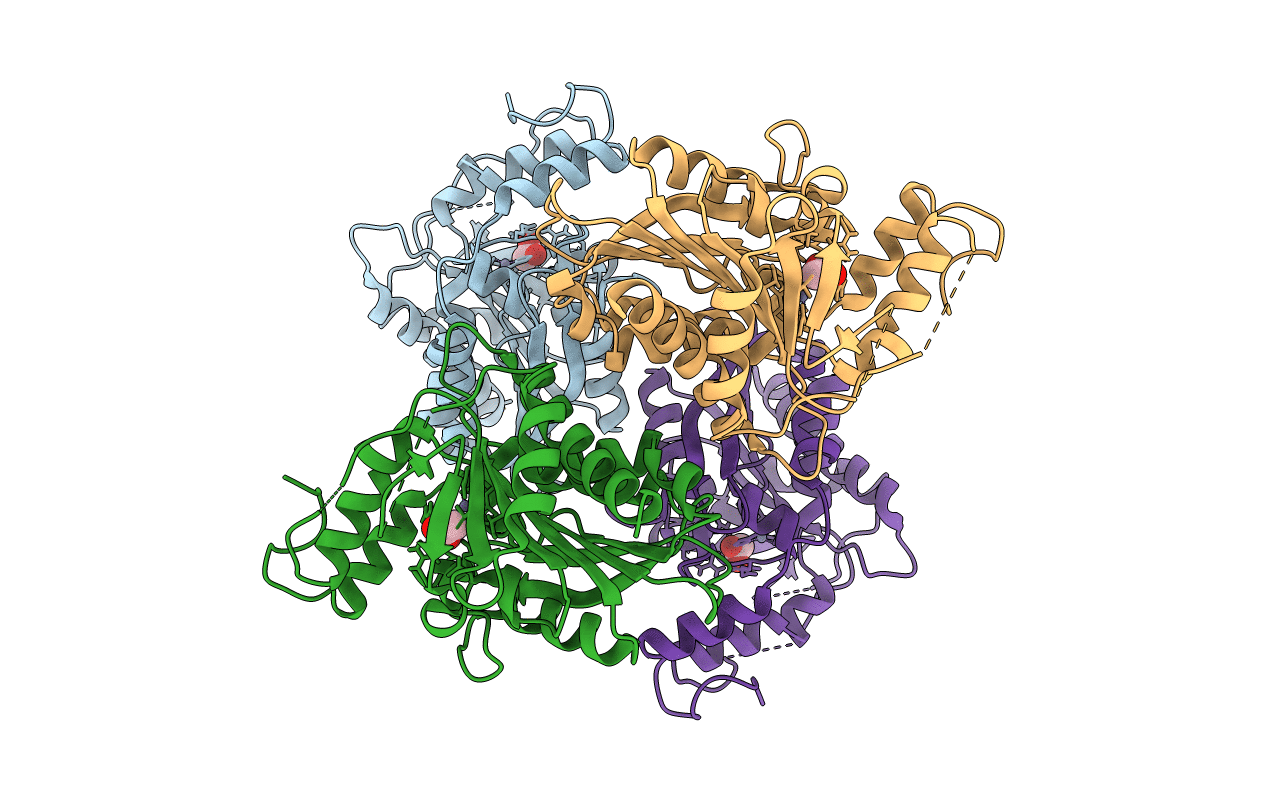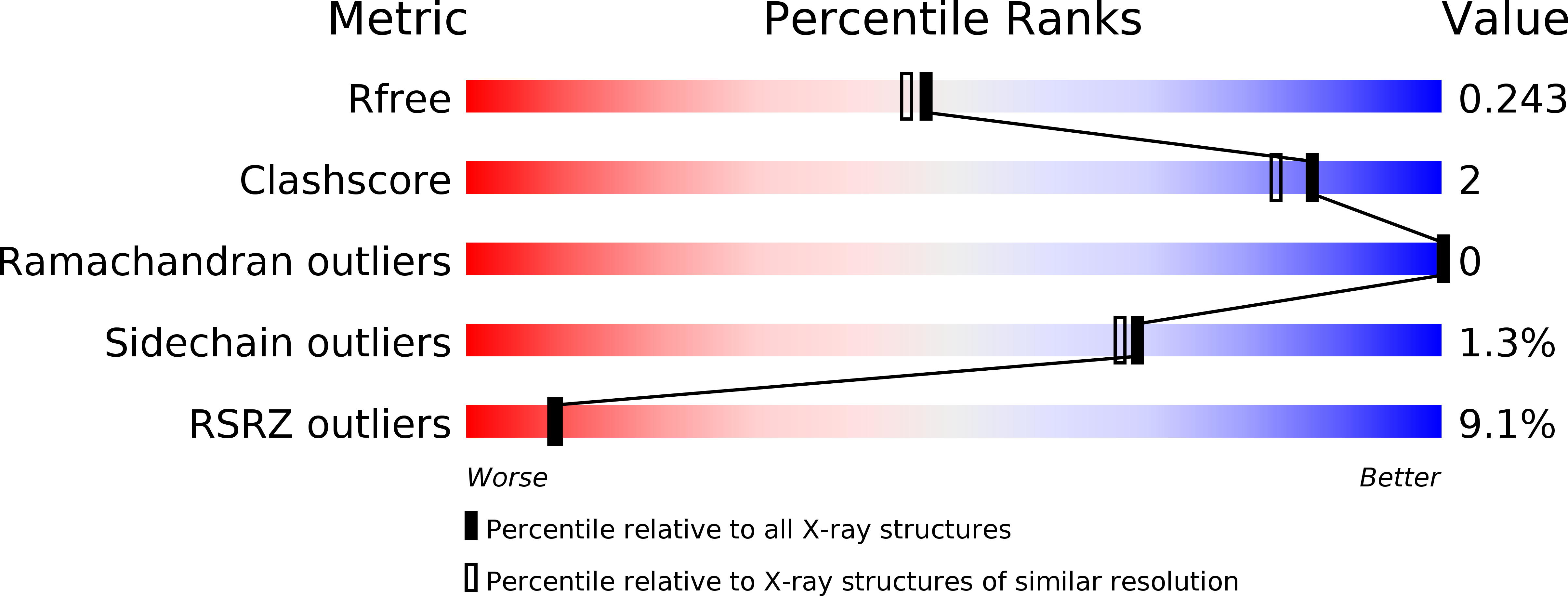
Deposition Date
2014-01-22
Release Date
2014-09-24
Last Version Date
2024-04-03
Entry Detail
PDB ID:
4OKO
Keywords:
Title:
Crystal structure of Francisella tularensis REP34 (Rapid Encystment Phenotype Protein 34 KDa)
Biological Source:
Source Organism:
Francisella tularensis subsp. novicida (Taxon ID: 401614)
Host Organism:
Method Details:
Experimental Method:
Resolution:
2.05 Å
R-Value Free:
0.23
R-Value Work:
0.21
R-Value Observed:
0.21
Space Group:
P 1


